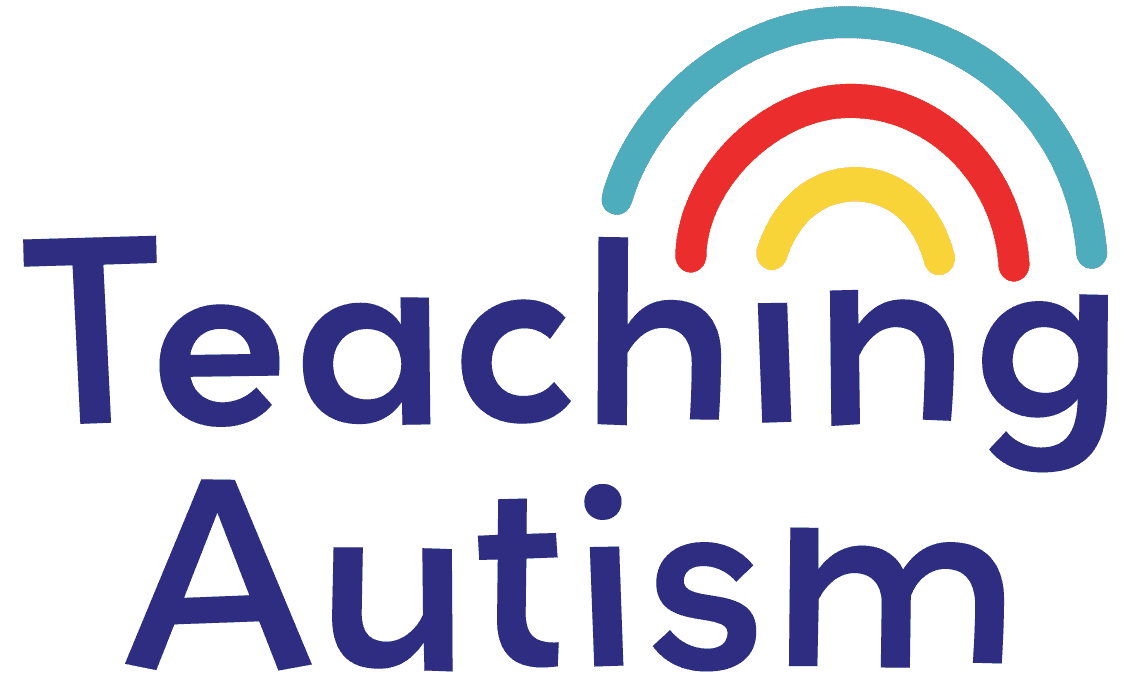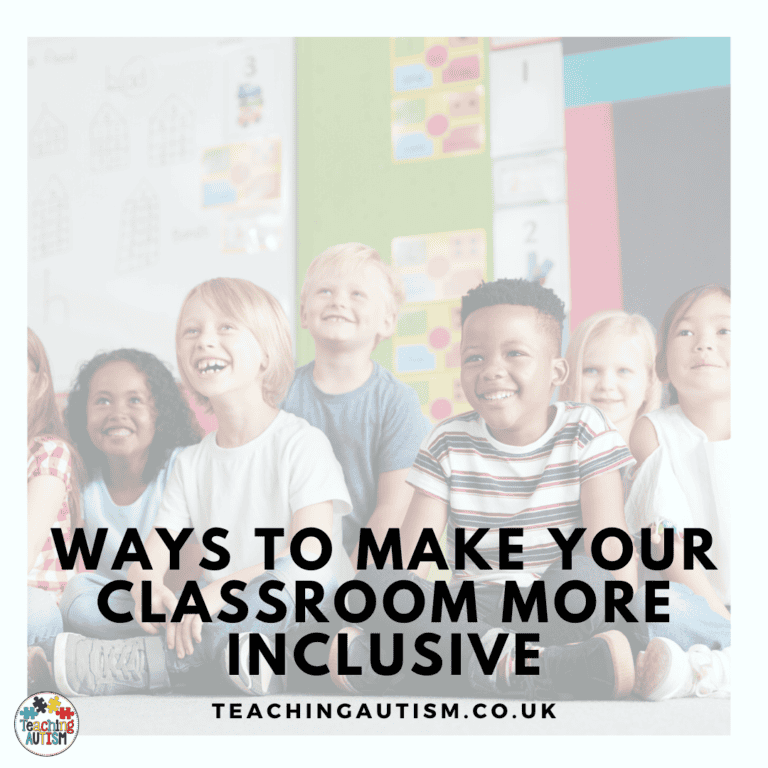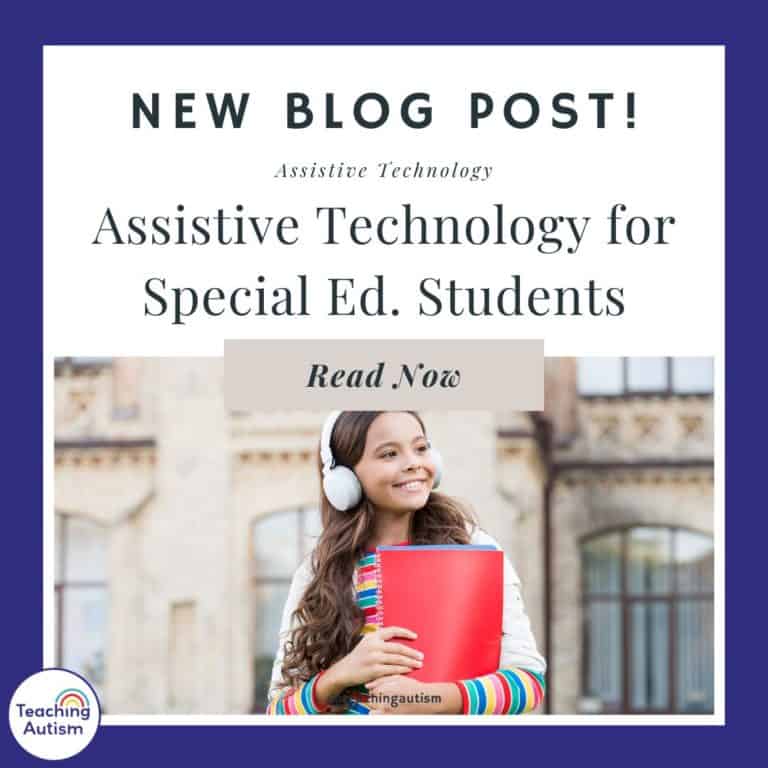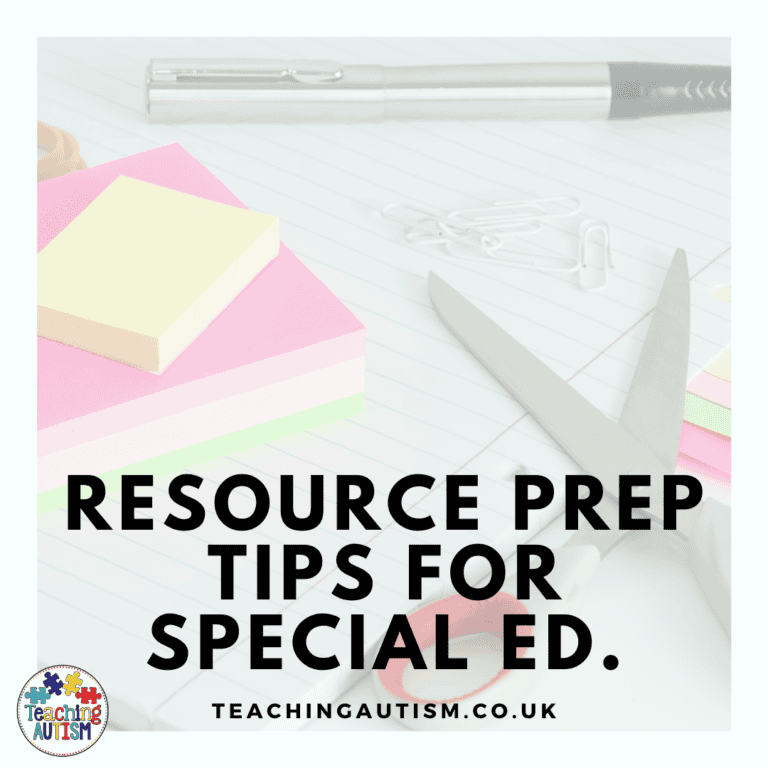10 Strategies for Teaching Visually Impaired Students
In this blog post today I am sharing 10 strategies for teaching visually impaired students. Teaching students with visual impairments can be a challenging task. But I’m hopeful that the 10 strategies that I share today will help give you some ideas to make your classroom more accessible for your students. As well as this, I’m also going to be discussing some of the barriers your students may face and ways to overcome them.
1. Use Multi-Sensory Approaches
Students with visual impairments often rely on their other senses to learn. Using multi-sensory approaches such as tactile graphics, audio recordings, and hands-on activities can help them to better understand the material.
2. Provide Assistive Technology
Assistive technology such as screen readers, braille displays, and magnification software can help students to access the same curriculum as their peers.
3. Use High Contrast Materials
High contrast materials such as black text on a white background or yellow text on a black background can make it easier for students with visual impairments to read.
4. Use Larger Fonts
Using larger fonts can make it easier for your students to read printed materials.
5. Use Verbal Descriptions
Verbal descriptions of visual materials such as diagrams, charts, and graphs can help your students with to understand the material.
6. Close Seating
Provide seating near the front of the classroom. If appropriate in your classroom, seating students with visual impairments near the front of the classroom can help them to see the material and you – the teacher – more clearly.
7. Provide Extra Time for Assignments
Your students may need extra time to complete assignments. This can be due to the additional time it takes to read and process materials.
8. Use Task Lighting
Task lighting can help students with visual impairments to see the materials they are working with more clearly.
9. Provide Orientation and Mobility Training
Orientation and mobility training can help your students to navigate the classroom and school environment independently.
10. Encourage Peer Support
Encouraging peer support and collaboration can help your students to feel included and supported in the classroom.
Barriers
Barriers that students with visual impairments may face include;
- inaccessible materials
- lack of assistive technology
- inaccessible classroom environments.
To overcome these barriers, we can provide accessible materials such as tactile graphics and braille. We can also provide assistive technology such as screen readers and magnification software. There are also ways that we can make classroom environments accessible. This includes providing task lighting and ensuring that the classroom is free of obstacles.
In conclusion, teaching students with visual impairments can be challenging, but with the right strategies and tools, it can be made to be a successful and positive experience for everyone involved.
By using multi-sensory approaches, providing assistive technology, using high contrast materials, and providing extra time for assignments, we can help our students with visual impairments to succeed in the classroom.
Additionally, providing orientation and mobility training, encouraging peer support, and ensuring that the classroom is accessible can help to overcome the barriers that students with visual impairments may face.
What are some tips that you have for working with students with visual impairments? Leave a comment below to share with other educators.
Nikki
P.S. Have you signed up for a 3 day free trial of our VIP membership yet? If not, click here to do it now and go and get access to a huge range of resources, templates, crafts and more for free.







